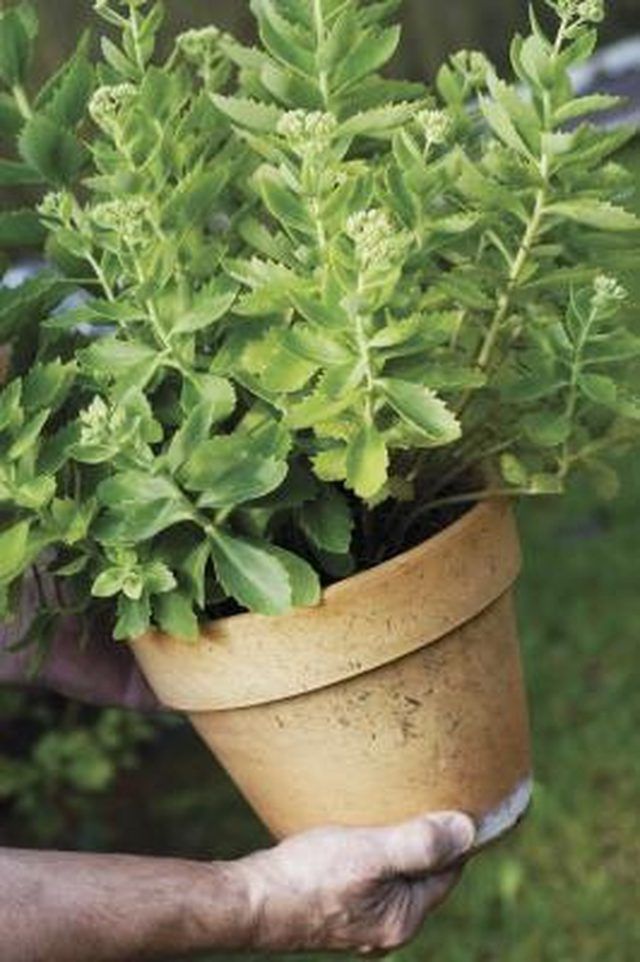Bulbs
Flower Basics
Flower Beds & Specialty Gardens
Flower Garden
Garden Furniture
Garden Gnomes
Garden Seeds
Garden Sheds
Garden Statues
Garden Tools & Supplies
Gardening Basics
Green & Organic
Groundcovers & Vines
Growing Annuals
Growing Basil
Growing Beans
Growing Berries
Growing Blueberries
Growing Cactus
Growing Corn
Growing Cotton
Growing Edibles
Growing Flowers
Growing Garlic
Growing Grapes
Growing Grass
Growing Herbs
Growing Jasmine
Growing Mint
Growing Mushrooms
Orchids
Growing Peanuts
Growing Perennials
Growing Plants
Growing Rosemary
Growing Roses
Growing Strawberries
Growing Sunflowers
Growing Thyme
Growing Tomatoes
Growing Tulips
Growing Vegetables
Herb Basics
Herb Garden
Indoor Growing
Landscaping Basics
Landscaping Patios
Landscaping Plants
Landscaping Shrubs
Landscaping Trees
Landscaping Walks & Pathways
Lawn Basics
Lawn Maintenance
Lawn Mowers
Lawn Ornaments
Lawn Planting
Lawn Tools
Outdoor Growing
Overall Landscape Planning
Pests, Weeds & Problems
Plant Basics
Rock Garden
Rose Garden
Shrubs
Soil
Specialty Gardens
Trees
Vegetable Garden
Yard Maintenance
How to Winter Care for your Clay Pots
How to Winter Care for your Clay Pots. All pots should be emptied and cleaned at the end of the season. Clay pots, however, require additional care. Because they are porous, clay pots readily absorb moisture, which expands in freezing temperatures. The freeze-and-thaw cycles can cause flaking, cracking and breakage in any clay pots with a thickness...

All pots should be emptied and cleaned at the end of the season. Clay pots, however, require additional care. Because they are porous, clay pots readily absorb moisture, which expands in freezing temperatures. The freeze-and-thaw cycles can cause flaking, cracking and breakage in any clay pots with a thickness of less than 1 1/2 inches. By doing some basic maintenance each fall, you can protect your clay pots from damage, while simultaneously preparing them for next season's planting.
Things You'll Need
Scrub brush or steel wool
Vinegar or baking soda
Chlorine bleach
Remove the plants and soil from the pots once the growing season has ended and before freezing temperatures arrive.
Use a dry scrub brush or steel wool to loosen and remove dirt from the pots.
Scrub away fertilizer salts with steel wool and vinegar. As an alternative, make a paste from baking soda and water, and rub it in with a soft brush. Rinse the pots.
Soak clay pots in a solution of 1 part chlorine bleach to 9 parts water for at least 30 minutes and rinse thoroughly. The bathtub works well for if you have a lot of pots.
Place the pots in a place where they can air dry for two to three days.
Store the clean clay containers where they will not be subjected to temperatures below freezing, such as a basement, attic, or heated garage. To prevent sticking, store the pots individually, rather than stacking them.
Tips & Warnings
Compost the soil you remove from your pots or use it for non-gardening projects on your property.
You can heat pre-cleaned clay pots in an oven at 220 degrees Fahrenheit for one hour to sterilize them (this may result in an unpleasant odor, however).
Do not reuse the soil you remove from your containers for other plants, as it may transmit disease.
Always use a dilute solution of bleach to clean clay pots, as a strong solution can weaken them.